Roof Repairs
Spotting early signs of roof damage can save you from costly repairs down the road. We’re here to help you know when it's time to call in the pros. Learn why missing shingles or leaks may hint at bigger issues, and understand why picking a certified repair expert is key for your peace of mind.
We also cover emergency steps to take after storm damage, maintenance tips to extend your roof's life, and special considerations for different roofing materials. Additionally, discover how to tackle the financial and health implications of postponing necessary repairs.
Find A Roofer
Fill out the form below and someone will get back to you as soon as possible
How to Identify the Need for Roof Repair
In this section, we'll guide you through the key signs that signal the need for attention from a roofing professional.
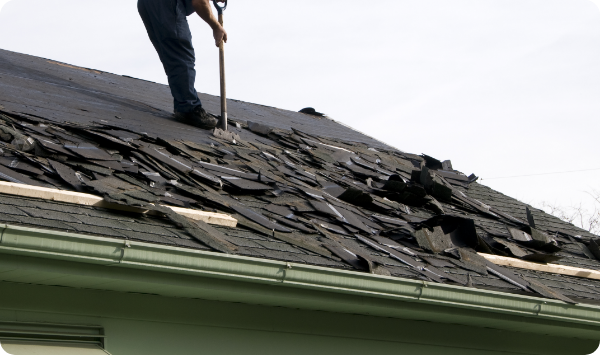
Missing, Cracked, or Curled Shingles
If you notice that shingles are missing on your roof, it's a clear sign that your roof requires immediate attention. Missing shingles expose your roof to potential water damage and structural issues.
Additionally, cracked or curled shingles not only indicate aging and wear but also suggest that your roof's integrity could be compromised, leading to leaks and further damage to your roof if left unaddressed. Regular roof inspections and timely repairs can help prolong the lifespan of your roof.
Leaks or Water Damage
Water stains on your ceilings or walls are a clear indication of a leaking roof. These stains often first appear as discolored patches that can gradually increase in size, highlighting the presence of unwanted water.
Ignoring these signs of leaks can result in extensive water damage, causing structural issues and promoting the growth of harmful mold within the interior of your structure. It is important to address any signs of water stains to prevent further deterioration and maintain a safe living environment.
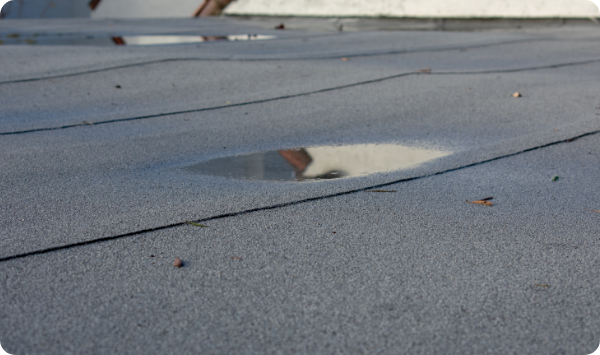
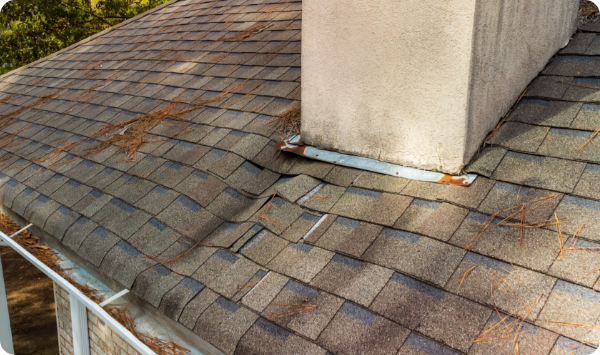
Sagging Roof Deck
A sagging roof is a serious issue that can signal underlying structural problems within a building. It's important to act quickly when you see these signs to prevent any chance of a collapse that could cause serious damage and safety issues for everyone inside. Regular inspections by qualified professionals can help identify and address these issues before they escalate, ensuring the structural integrity and safety of the building.
Light Coming Through Roof Boards
If you notice sunlight coming into your attic during the day, it may indicate the presence of gaps or cracks in your roof. These openings can potentially result in water leaks during rainy weather, causing damage to the interior of your house. Regular roof inspections and maintenance can help prevent such issues and keep the structural integrity of your property is in good shape.
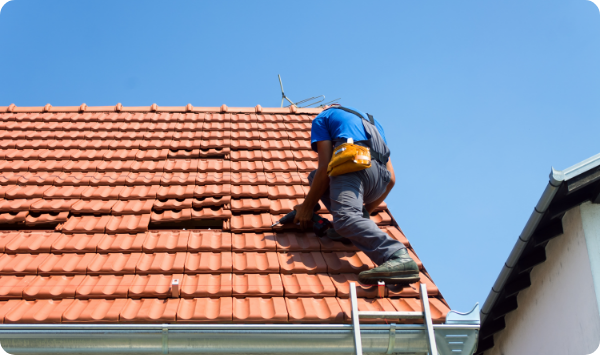

Higher Energy Bills
An unexpected rise in your energy bills could be a result of air seeping through your roof due to inadequate insulation or damaged roof shingles. Proper insulation and regular maintenance of your roof not only help conserve energy but also contribute to the overall efficiency and sustainability of your home or building.
Regularly inspecting your roof for these signs can help catch minor issues before they transform into larger, more costly repairs.
Choosing a Qualified Roof Repair Contractor
Selecting a qualified roof repair contractor is an important step in ensuring the longevity and durability of your roof. It's important to research and choose a technician who is not only certified but also experienced. Start by seeking recommendations from friends, family, or neighbors who have had similar work done. Additionally, online reviews and ratings can provide valuable insights into the reliability and quality of potential contractors.
When speaking with a prospective contractor, inquire about their licensing, insurance, and the warranties they offer on both materials and labor. A reputable contractor should have no hesitation in providing this information. Request a written estimate detailing the scope of work, the materials to be used, and the expected timeline for completion. This step will help avoid any potential misunderstandings or unexpected costs.
Ultimately, clear communication and understanding of your contractor's approach to safety, deadlines, and cleanup procedures will contribute significantly to a successful roof repair or replacement project, giving peace of mind throughout the process.
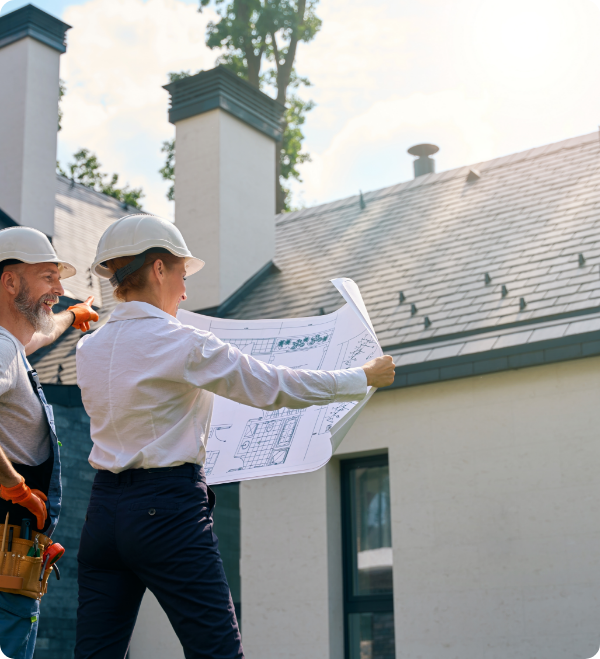
When to Call Emergency Roof Repair Services
Nature is unpredictable, and severe weather conditions can cause immediate damage to your roof, requiring urgent repairs. If you come across a roofing emergency like major leaks, lots of missing shingles from a storm, or a part of the roof that's caved in, make sure to get emergency roof repair services right away.
These situations require immediate action to prevent further damage to your structure and your personal belongings.
When facing such emergencies, first ensure the safety of all members inside the home. If possible, try to contain any internal water damage using buckets, tarps, or other temporary measures. Avoid climbing onto the roof yourself, as this can be extremely dangerous, especially during or immediately after severe weather conditions.
Contacting a professional with experience in emergency roof repairs is your next step. These experts have the tools, knowledge, and safety equipment to assess and mitigate damage quickly and efficiently. They can also assist in documenting the damage for insurance purposes and guide you through the repair or replacement process.
Extending Your Roof's Lifespan Through Maintenance
Regular maintenance is the key to prolonging the lifespan of your roof so that it remains efficient and functional throughout its expected service life. Here are some essential maintenance tips to consider:
Conduct
Regular Inspections:
It's advisable to inspect your roof at least twice a year, ideally in spring and fall. Look for any signs of damage, such as missing shingles, leaks, or any other vulnerabilities that might need repair.
Clean
Your Gutters:
Clear your gutters and downspouts from debris. Clogged gutters can lead to water backup, which can damage both your roof and the interior.
Trim
Nearby Trees:
Overhanging branches can scrape against the roof and damage its surface. During a storm, branches can break off and fall onto the roof, causing significant damage.
Look Out for
Moss and Algae:
Moss and algae growth can be more than just a cosmetic issue. They retain moisture against the roof's surface, which can lead to rot. There are various products available that can kill moss and algae. After treatment, they can be gently removed to minimize damage to the shingles.
Ensure Proper Attic
Insulation and Ventilation:
Proper insulation and ventilation in your attic can prevent heat and moisture buildup, which can compromise the integrity of your roof over time.
Seal
Flashings:
Check and reseal flashings around vents, skylights, and chimneys since these areas are particularly vulnerable to leaks.
Specialized Roofing Repairs Based on Material Type
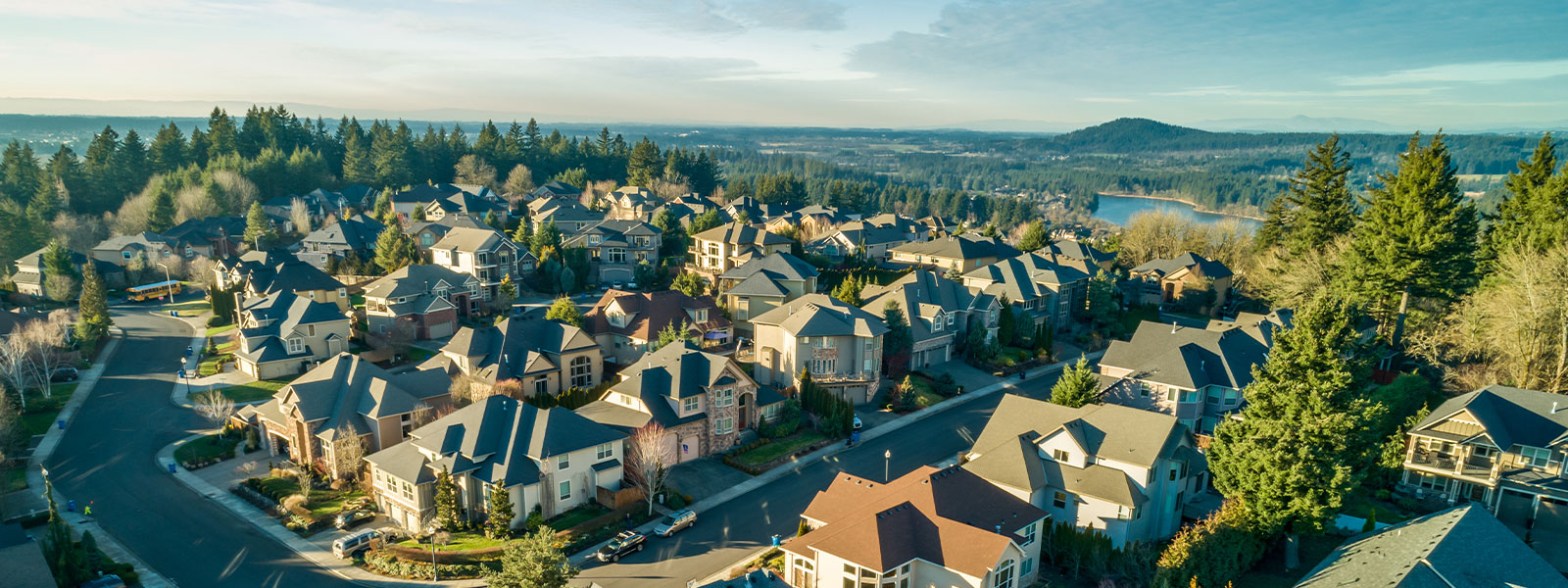
Different roofing materials require unique approaches to repair, maintenance, and replacement to maintain their longevity and functionality. In this section, we will explore the specialized roofing services necessary for the most common types of roofing materials, such as asphalt shingles, metal, tile, and flat roofing systems.
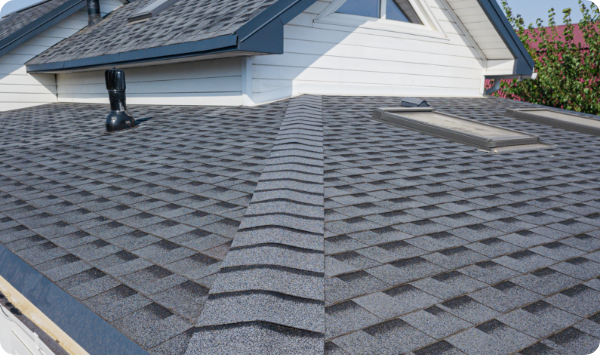
Asphalt Shingles
One of the most common roofing materials, asphalt shingles are known for their cost-effectiveness and ease of installation. However, they are susceptible to wind uplift and can be damaged by extreme weather conditions.
Specialized services for asphalt shingle roofs include periodic inspections to check for loose or missing shingles, treatment for algae and moss, and sealing of shingle granules to extend their lifespan.
Metal Roofing
Metal roofs are durable and can last for decades with minimal maintenance. They are resilient against severe weather conditions but can be prone to dents from hail or debris. Services for metal roofing include the application of protective coatings to prevent rust, regular cleaning to maintain aesthetic appeal, and the tightening of fasteners and seams to maintain waterproof integrity.
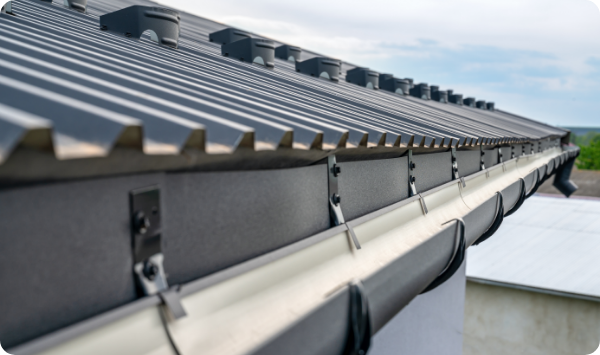
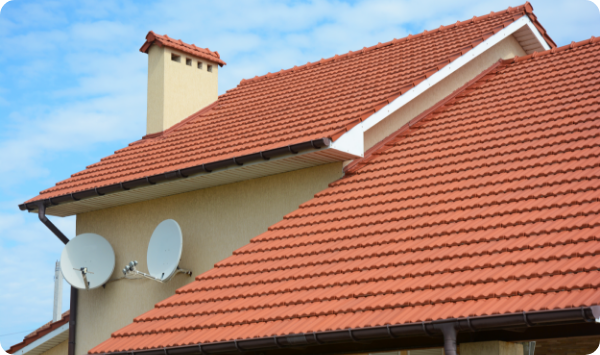
Tile Roofs
Tile roofs provide a distinctive appearance and are highly durable. Clay or concrete tiles can crack or slip if not properly maintained. For tile roofs, specialized services include replacing broken tiles, inspecting and repairing underlayment, and ensuring proper drainage to prevent water accumulation.
Flat Roofs
Flat roofing systems, often found in commercial properties, require regular inspection and maintenance due to their vulnerability to water pooling. Services for flat roofs include the application of waterproof membrane layers, removal of debris and stagnant water, and reapplication of reflective coatings to enhance energy efficiency.
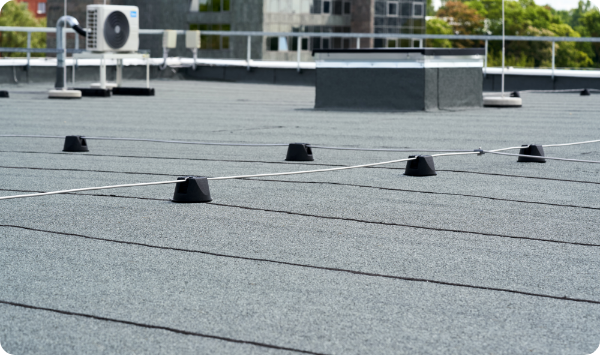
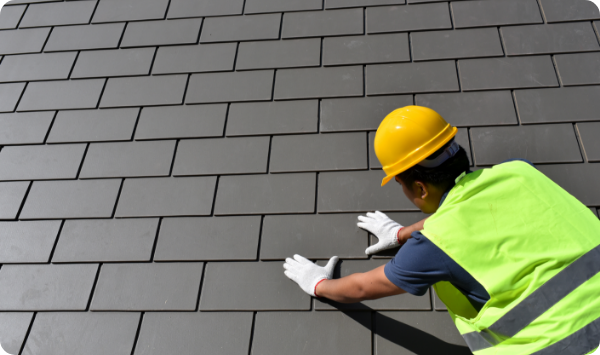
Slate Roofs
Slate roofing is one of the most durable and long-lasting materials, often outliving the buildings they cover. However, slate tiles can become brittle and susceptible to cracking over time. Specialized slate roof services encompass regular inspections for tile integrity, replacement of damaged slates, and securing loose tiles to maintain the roof's structural stability.
Understanding Costs Associated With Roof Repair
Roof repairs can range from minor fixes to major renovations, directly influencing the overall cost involved. In this section, we'll break down the factors that impact the pricing of roof repairs, offering insights into how to budget and plan for these necessary interventions.
Estimating
Repair Costs
Understanding the costs associated with roof repair is crucial. The price can vary significantly based on the extent of the damage, the roofing materials needed, and the labor charges. Minor repairs, such as replacing a few missing shingles or fixing a small leak, can be relatively inexpensive.
However, more extensive damage requiring significant material replacement or structural repairs can lead to higher costs.
Factors Influencing
Repair Costs
Several factors influence the final cost of roof repairs. The type of roofing material is one of the primary determinants; for example, slate and tile roofs are more expensive to repair than asphalt shingle roofs. The roof's size and slope also play a role, as larger and steeper roofs require more time and safety precautions, increasing labor costs.
Additionally, the location of your home or building can affect the price, with repairs typically costing more in urban areas than in rural locations.
Preventative Measures
and Long-Term Savings
Investing in regular maintenance can prevent minor issues from becoming major problems, ultimately saving money in the long term. Consider setting aside a budget for annual inspections and maintenance tasks.
In addition, upgrading to more durable roofing materials can reduce the frequency and cost of repairs.
FAQs
-
How much does it cost to fix a roof top?
Roof repair costs vary widely, starting around $150 for minor fixes and can skyrocket into the thousands for major repairs.
-
Who is the best person to fix a leaking roof?
A certified roofing contractor with solid reviews and proven expertise in leak repairs is your go-to professional.
-
Can you repair just part of the roof?
Yes, partial repairs are common. They target specific damage without redoing the whole roof, saving time and money.
-
What are the most common roof repairs?
The usual suspects include fixing leaks, replacing damaged or missing shingles, sealing cracks, and unclogging gutters.
Get started today!
It only takes a few moments to find your roofer.
Find A Roofer
Fill out the form below and someone will get back to you as soon as possible